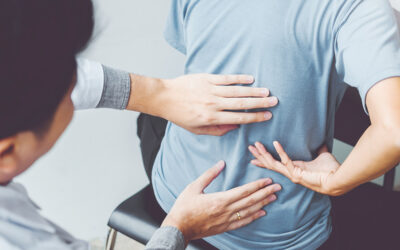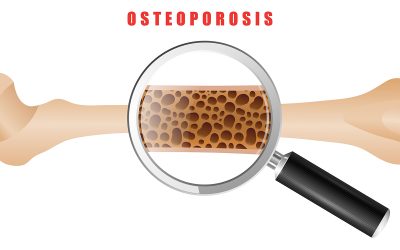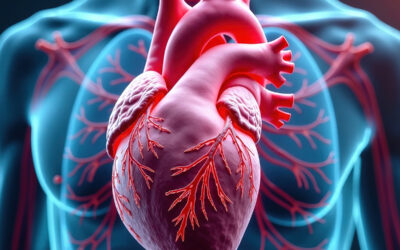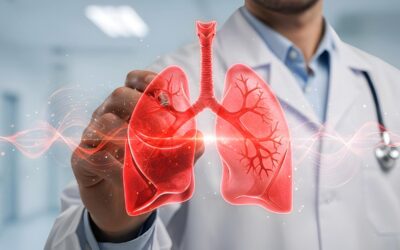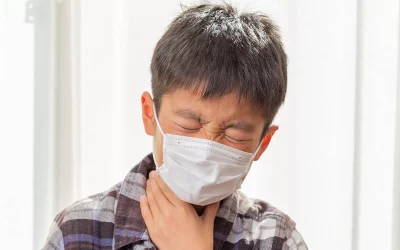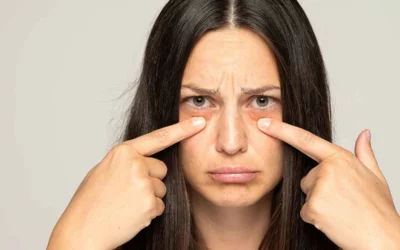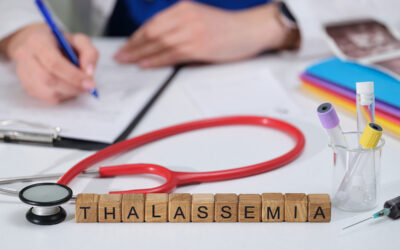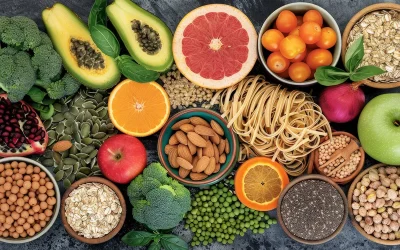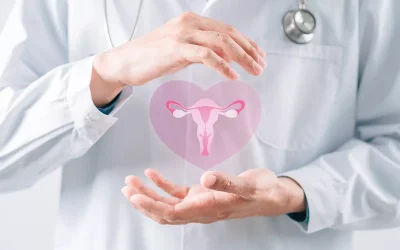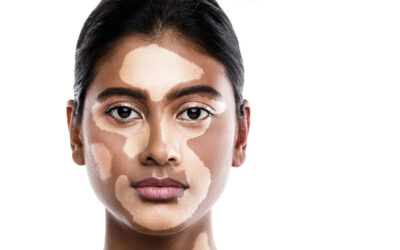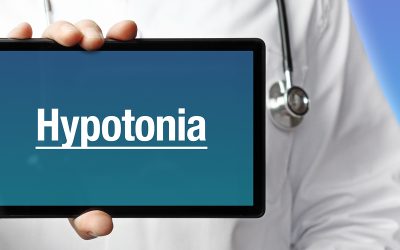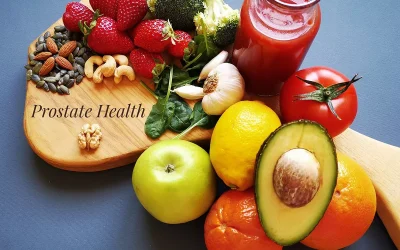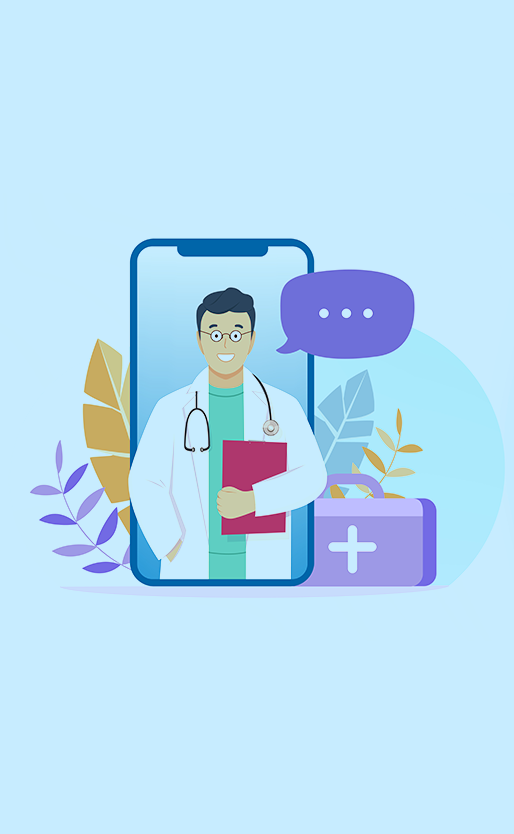Teen Acne: How to Manage it without Damaging the Skin
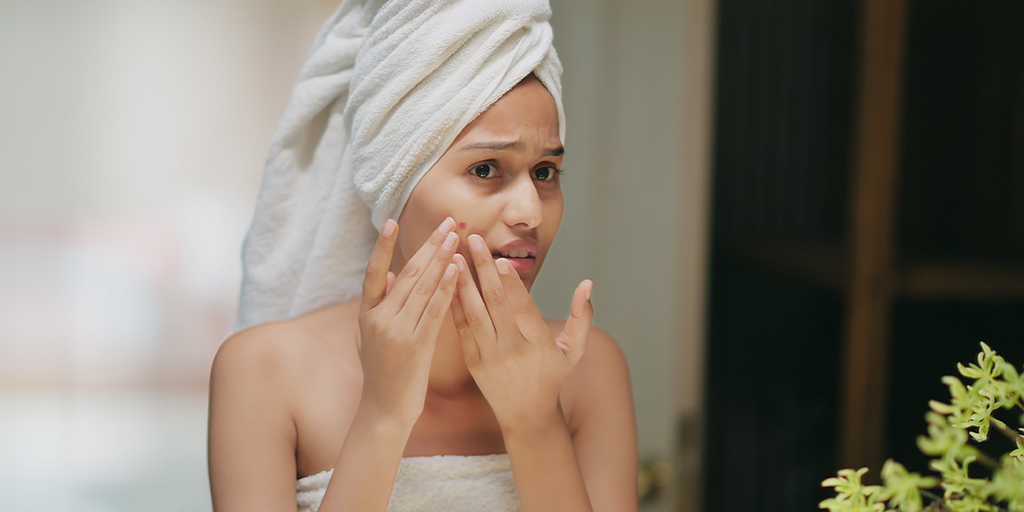
Often appearing during puberty when hormonal changes trigger excess oil production, acne is one of the most common skin concerns among teenagers. For many, teen acne becomes more than just a cosmetic concern, as ongoing breakouts often take a toll on their self-confidence and emotional well-being. While teen acne is usually temporary, ignoring it or using harsh products can cause lasting skin damage. The good news is that most cases of teen acne can be effectively managed through gentle care, balanced nutrition, and timely dermatological guidance. In this article, we will discuss the causes, types, and treatment options for acne in teenagers, along with preventive measures and home remedies to keep the skin healthy and clear. Let’s begin by understanding the basics.
Table of Contents
ToggleWhat is Teen Acne?
Teen acne is a common skin condition that develops when hair follicles become blocked with oil, dead skin cells, and bacteria. It usually appears during puberty, when hormonal changes stimulate the sebaceous glands to produce more oil (sebum). This excess oil, combined with poor cleansing or environmental factors, can clog pores and cause breakouts on the face, chest, shoulders, or back.
Although acne is not medically dangerous, it can cause visible inflammation, discomfort, and emotional distress in teenagers. Understanding how it develops is the first step towards managing it effectively and preventing permanent marks or scarring.
What Causes Acne in Teenagers?
During adolescence, several internal and external factors contribute to acne flare-ups. Understanding these underlying causes helps teenagers take preventive steps and choose the right skincare approach. The most common causes include:
- Hormonal Changes During Puberty: During adolescence, rising androgen levels stimulate the sebaceous glands to produce more oil. This hormonal fluctuation often leads to hormonal acne, especially around the forehead, nose, and chin.
- Excess Sebum Production: Overactive oil glands create a greasy skin surface, clogging pores and trapping bacteria.
- Clogged Pores and Dead Skin: Improper cleansing or the use of heavy skincare products allows dead skin cells to block pores, leading to blackheads, whiteheads, or inflamed pimples.
- Bacterial Infection: A bacteria known as Propionibacterium acnes thrives in clogged pores, causing redness, swelling, and tenderness.
- Stress and Unhealthy Diet: Stress triggers hormonal imbalances that worsen acne, while diets high in refined sugars, dairy, and oily foods may increase breakouts. Managing stress and maintaining a balanced diet can significantly improve skin health.
Read more- Dry Skin in Winter? Here’s Why It Happens and How to Treat It
Types of Acne
Teen acne can appear in several forms, ranging from mild blackheads to painful cystic breakouts. Identifying the type helps in choosing the most suitable treatment and avoiding harsh remedies that can damage the skin. Common types of acne include:
1. Blackheads and Whiteheads
These are the most common and mild forms of acne. Blackheads occur when open pores are clogged with oil and dirt, while whiteheads form when the clogged pores close up under the skin’s surface.
2. Papules and Pustules
Papules are small, red, inflamed bumps, whereas pustules are filled with yellow or white pus. Both types often appear on the cheeks, chin, or forehead and indicate bacterial involvement.
3. Nodules and Cysts
These are deeper, painful lumps beneath the skin’s surface. They take longer to heal and are more likely to leave scars if not treated properly.
4. Hormonal Acne
Caused by hormonal fluctuations during puberty, this acne typically affects the lower face, jawline, and neck. It may worsen during menstrual cycles or periods of high stress.
Early Signs of Teen Acne
Acne usually develops gradually, starting with mild changes in the skin’s texture, oiliness, or sensitivity before visible breakouts appear. Recognising the early indicators of teen acne allows timely care and helps prevent inflammation or scarring. The most common early signs include:
- Oily or Shiny Skin: Increased sebum production creates a greasy appearance, particularly on the forehead, nose, and chin.
- Tiny Bumps on Forehead or Cheeks: These small, non-painful spots are often the first visible sign of clogged pores.
- Red, Tender Pimples: Indicate inflammation beneath the skin’s surface caused by bacterial activity.
- White or Yellow Pus-Filled Spots: Suggest infection within blocked pores and may cause discomfort if touched or squeezed.
How to Manage and Prevent Teen Acne Safely
Managing acne requires patience, consistency, and gentle care. Using harsh products or squeezing pimples can damage the skin, increase inflammation, and cause scars. The goal is to control oil production, keep pores clean, and maintain overall skin health. Here are some effective preventive measures to help manage and reduce teen acne:
- Avoid Squeezing or Popping Pimples: This can push bacteria deeper into the skin and lead to permanent scarring.
- Use Mild, Non-Comedogenic Cleansers: Choose gentle cleansers and avoid products with alcohol or strong fragrances.
- Wash the Face Twice a Day: Use lukewarm water and a mild soap to remove oil, sweat, and dirt without over-drying the skin.
- Maintain a Balanced Diet and Hydration: Include fruits, vegetables, and whole grains while reducing fried and sugary foods.
- Apply Acne-Safe Sunscreen Daily: Protect the skin from UV damage, which can worsen inflammation and dark spots.
- Avoid Touching the Face Frequently: Hands carry bacteria that can irritate the skin or spread infection.
- Change Pillow Covers Regularly: Clean bedding helps prevent the transfer of oil and dirt to the skin.
- Manage Stress: Regular sleep, exercise, and mindfulness can help balance hormones and reduce acne flare-ups.
Following a consistent, dermatologist-approved skincare routine helps prevent acne from worsening and supports long-term skin health.
Home Remedies and Natural Care for Teen Acne
Mild acne can often improve with gentle, natural ingredients that soothe inflammation and support healing. Below are some simple and effective remedies that can be safely used alongside prescribed skincare routines:
- Aloe Vera Gel: Its cooling and anti-inflammatory properties help calm redness, reduce swelling, and speed up the healing of pimples.
- Green Tea Masks: Rich in antioxidants, green tea helps control oil production and prevent bacterial growth when used as a face mask or toner.
- Honey and Turmeric: Both have antibacterial and anti-inflammatory effects. Applying a thin layer of honey with a pinch of turmeric can reduce breakouts and lighten acne marks naturally.
- Tea Tree Oil (Diluted): When mixed with a carrier oil, it acts as a natural antiseptic to clear clogged pores and reduce pimples.
While these remedies can be effective for mild acne, persistent or painful breakouts should always be assessed by a dermatologist to prevent scarring or deeper infection.
Read more- From Redness to Irritation: A Complete Guide to Skin Rashes
When to Consult a Dermatologist for Teen Acne?
While mild acne often improves with simple skincare and home care, some cases require professional attention. Ignoring persistent acne can lead to deep scarring, pigmentation, and emotional distress, especially during adolescence. Consulting a dermatologist ensures the right diagnosis and a tailored treatment plan. You should consider seeing a dermatologist near you if:
- Acne persists despite consistent home treatment.
- Breakouts are painful, cystic, or leave dark marks.
- Pimples spread to the chest, shoulders, or back (teenager back acne).
- Over-the-counter creams cause irritation or dryness.
- Acne starts to affect confidence, mood, or social life.
Early dermatological care can prevent long-term skin damage and restore smooth, healthy skin through safe, medically guided treatment.
Why Choose Graphic Era Hospital for Teen Acne Treatment?
At Graphic Era Hospital, Dehradun, teenagers receive comprehensive dermatological care that focuses on both the physical and emotional aspects of acne. Our dermatology department combines advanced skin treatments, safe cosmetic procedures, and preventive counselling to help restore clear, healthy skin with lasting results. Here’s why teenagers are choosing Graphic Era Hospital for teen acne treatment:
Experienced Dermatologists
Skilled dermatologists evaluate each patient’s skin type, acne severity, and lifestyle habits before designing a personalised treatment plan. They address the root cause of acne, from hormonal changes to environmental triggers, for effective and long-term results.
Advanced Skin Therapies
The hospital offers scientifically proven treatments such as chemical peels, laser therapy, and medical facials that target acne, acne scars, and pigmentation while protecting skin health.
Patient-Centred Skincare Guidance
Teens receive expert advice on daily skincare routines, safe product use, and dietary guidance to support healing and prevent new breakouts. Every treatment plan is designed to be gentle yet effective, ensuring visible improvement without harming the skin barrier.
Living with Confidence: Taking Early Action for Clearer Skin
Teen acne may feel frustrating, but it is highly treatable with the right care and consistency. Early intervention, balanced skincare, and lifestyle changes can prevent scarring and boost self-confidence. Moreover, with expert guidance, most teenagers can achieve clear, healthy skin without irritation or damage. To consult a dermatologist for teen acne treatment at Graphic Era Hospital, Dehradun, call 1800-889-7351 today.
Frequently Asked Questions
How can teens treat acne naturally at home?
Teens can use natural remedies such as aloe vera, green tea, or honey and turmeric masks to calm inflammation. However, these should complement, not replace, a dermatologist-recommended skincare routine for best results.
Can stress cause acne in teenagers?
Yes. Stress increases hormone levels that stimulate oil production, often leading to breakouts. Managing stress through adequate sleep, exercise, and relaxation techniques can help reduce acne flare-ups.
What’s the best skincare routine for teenage acne?
A gentle routine includes washing the face twice daily with a mild cleanser, using non-comedogenic products, applying sunscreen, and avoiding harsh scrubs. Consistency is key to keeping pores clear and reducing breakouts.
Can acne cause permanent scars?
Yes, especially if pimples are squeezed or left untreated. Early treatment and medical procedures such as peels or laser therapy can help prevent or minimise scarring.
When should I visit a dermatologist near me in Dehradun?
Visit a dermatologist if acne becomes painful, leaves dark spots, spreads to other body areas, or does not improve after a few weeks of home care. Timely professional advice prevents long-term damage.
How long does hormonal acne last in teenagers?
Hormonal acne usually appears during puberty and may last several years, depending on hormonal balance and skin type. Regular dermatological care helps control it effectively.
How can teens prevent future breakouts?
Maintaining a healthy diet, following a consistent skincare routine, managing stress, and keeping personal items such as pillow covers clean can help reduce future flare-ups.
Where can I find the best dermatologist for teen acne near me in Dehradun?
The Department of Dermatology at Graphic Era Hospital, Dehradun, offers specialised care for teen acne. Experienced dermatologists provide personalised treatment plans using advanced skin therapies and safe acne management techniques to restore clear and healthy skin. For appointments, call 1800-889-7351.
By Specialities
- Bariatric Surgery
- Cancer Care
- Cardiology
- Dental
- Dermatology
- Diabetes & Endocrinology
- Endocrinology and Diabetes
- ENT (Ear Nose Throat)
- Eye Care
- Gastroenterology
- Haematology
- Health Care
- Health Tips
- Hematology
- Hepatology
- Internal Medicine
- Mental Health and Behavioural Sciences
- Metabolic
- Neonatology
- Nephrology
- Neurology
- Nutrition & Dietetics
- Obstetrics & Gynaecology
- Oncology
- Ophthalmology
- Orthopaedics
- Paediatric
- Physiotherapy & Rehabilitation
- Plastic and Reconstructive Surgery
- Psychology
- Pulmonology
- Rheumatology
- Spine
- Urology
Recent Posts
- Most Common Lifestyle Diseases in India and How to Prevent Them
- Does Pain in the Lower Back Always Mean a Kidney Problem?
- Osteoporosis: Early Warning Signs, Causes, and Treatment
- Understanding TAVI/TAVR: A Minimally Invasive Aortic Valve Replacement Procedure
- Acute and Chronic Bronchitis: Know the Difference and When to Seek Help
Need expert medical advice?
Share your details and our healthcare specialists will reach out to assist you.
By proceeding, you acknowledge and agree to our Privacy Policy, Terms of Use, and Disclaimer.

